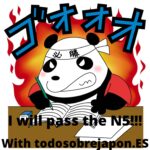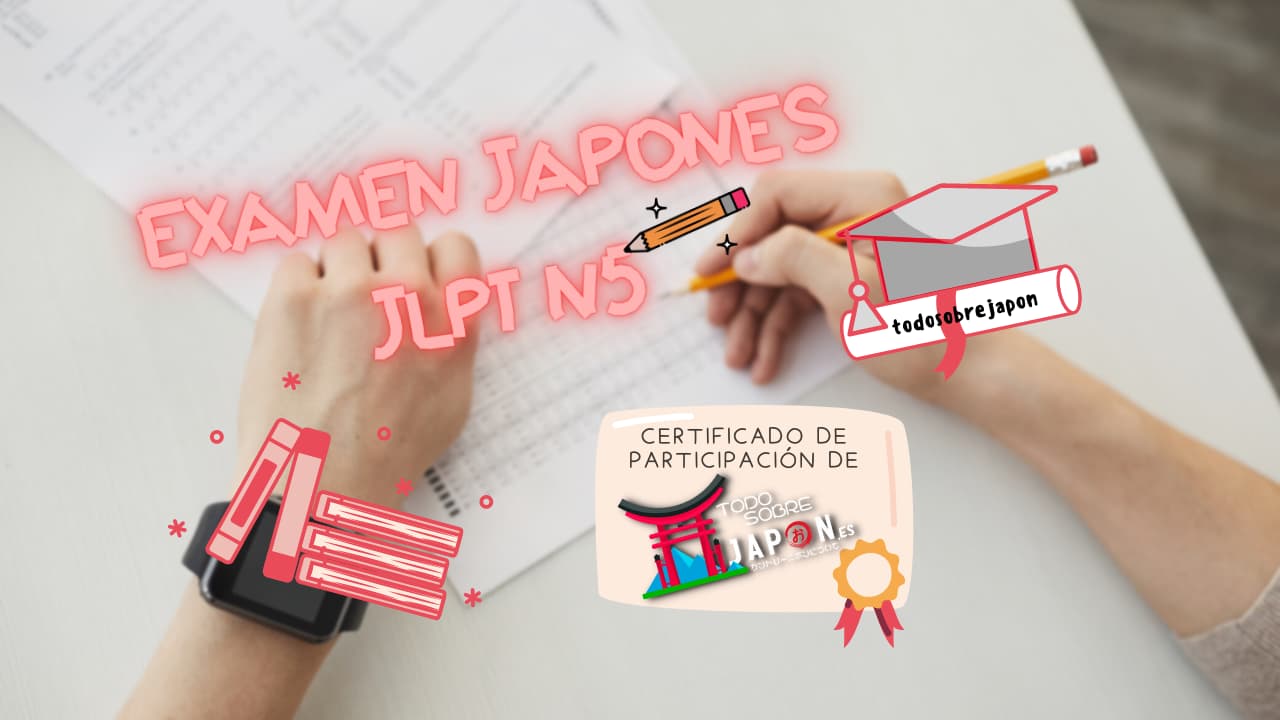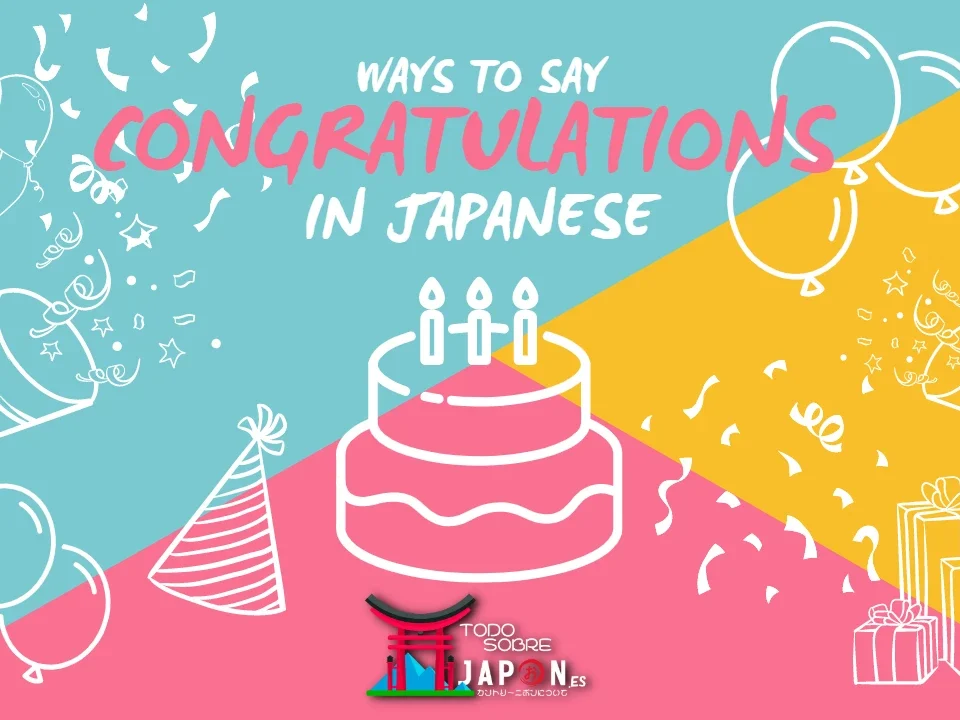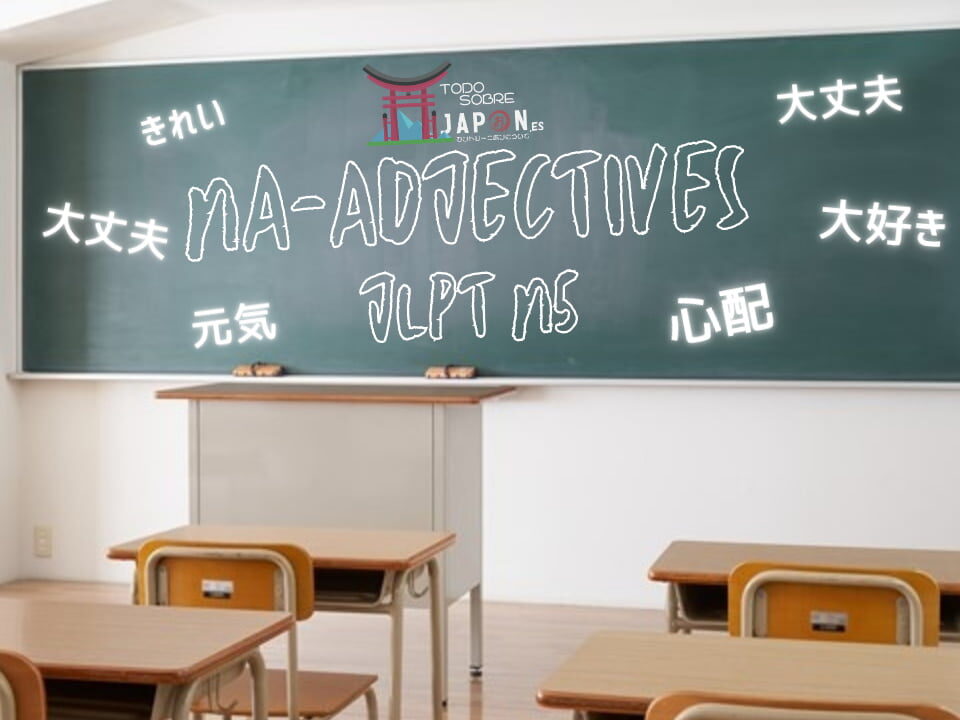In this Japanese test post, we will look at various tests covering beginners and N5, such as hiragana, kanji, animal vocabulary, colors, adjectives, verbs, nouns, particles…everything.
Take your time, and before doing anything go through each post studying before the exam, you have plenty of time, so, first study and then do it. Just an advice 🙂 Remember all of you who are beginners must do all the exams, it’s ok if you don’t pass.
The hiragana test, consists of several self-correcting interactive pages, to see if you have a good level of beginner Japanese, if you are already an N5 go on to the next test.
REVIEW FOR THE JAPANESE HIRAGANA EXAM FOR BEGINNERS:
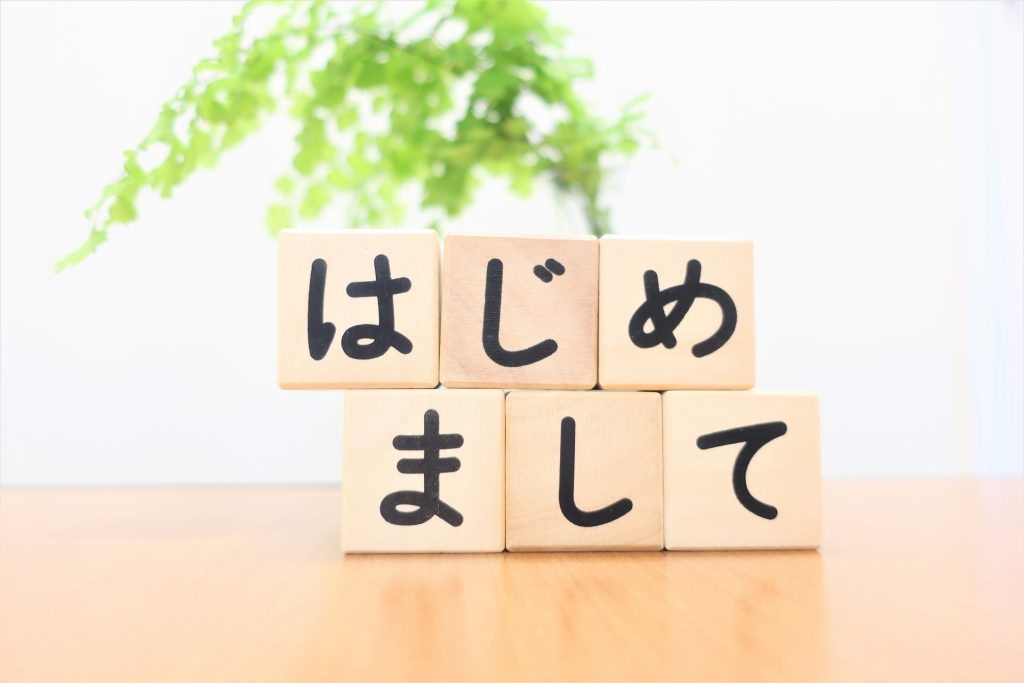
INTERACTIVE EXERCISES JAPANESE, HIRAGANA TEST
Take a look at the hiragana chart, before taking the test.
Como usar hiragana, Pulsa aquí, y accederás a otra pestaña que te llevará a otro apartado de esta web.
Pulsa aquí, y accederás a otra pestaña que te llevará a otro apartado de esta web, ejercicios hiragana Parte 1, son importantes para el examen.
Pulsa aquí, y accederás a otra pestaña que te llevará a otro apartado de esta web, ejercicios hiragana parte 2, son importantes para el examen.
Before the exam we will look at a few words, so that you can familiarize yourselves with hiragana one last time before the exam begins.
FORM WORDS WITH HIRAGANA
Before learning how to write in hiragana, you need to know how to write in romaji, even if many say you don’t, as it is not written the same way as it is pronounced in many cases.
Once we are well acquainted with romaji, writing with kanas (both hiragana and katakana) becomes easier.
The main idea is to separate into syllables and assign each one its hiragana syllable.
| (fu)ふ (ru)る(i)い | furui | old |
| (o)お (o)お (ki)き (i)い | ookii | large |
| (ko)こ (do)ど (mo)も | kodomo | child |
| (a)あ (bu)ぶ (na)な (i)い | abunai | dangerous |
| (da)だ (i)い (ga)が (ku)く | daigaku | university |
| (hi) ひ (ya)ゃ (ku)く | hyaku | one hundred |
| (o)お (ka)か (a)あ (sa)さ (n)ん | okaasan | mother |
JAPANESE EXAM, HIRAGANA jlpt n5 EXERCISES JAPANESE SYLABARY
In this test we will only look at Hiragana, identifying the syllables of the syllabary, choosing the correct answer, choosing the correct word, grammar.
It is quite easy to put into practice the user’s knowledge, remember that when you click on finish you must click on autocorrect.
Please comment on the exam score below.
JAPANESE HIRAGANA QUIZ, CHOOSE THE CORRECT ANSWER AND DRAG THE WORD
The Japanese color test consists of several self-correcting interactive pages, to find out if you have a good level of Japanese in the subject of colors.
KATAKANA VS. HIRAGANA EXAM JPLT N5
REVIEW FOR THE JAPANESE COLOR TEST JLPT N5
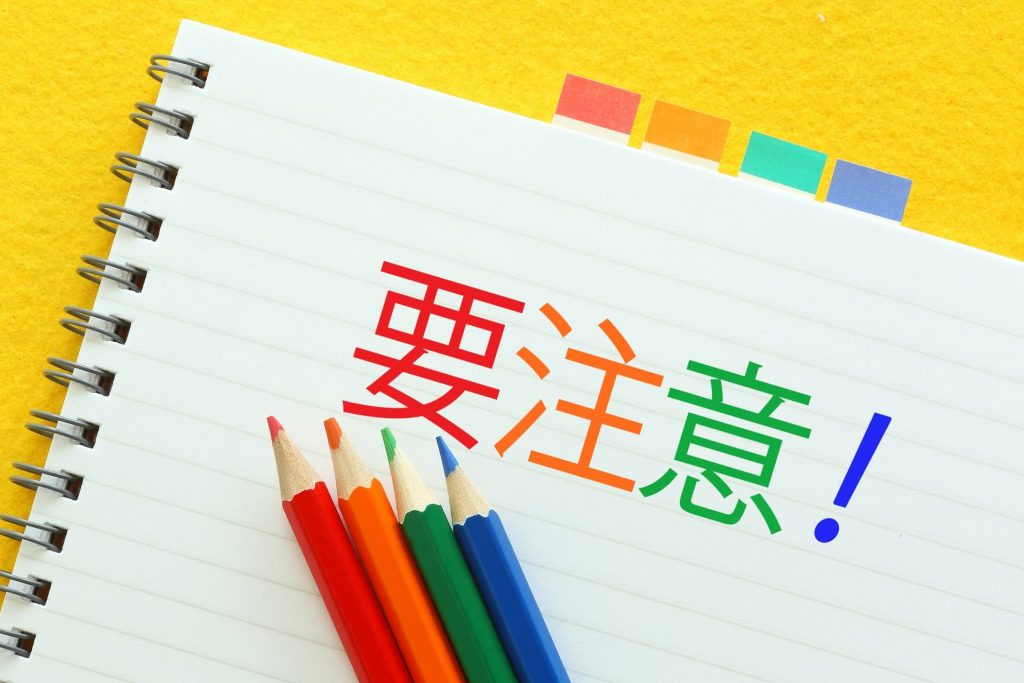
Take a look at the colors in Japanese.
Remember that the colors, are not the same as the conjugated color, example aka (赤) and akai(赤い), the former means red and the latter is red. That’s why it’s important to have a look at it.
When you want to describe the color of something you should use the particle no, so check this post, before continuing, to learn more about particles in Japanese.
To learn more about Japanese adjectives and their conjugations, click here, and take a quick look at them, and then start the test, which will have a small conjugation part.
| English | Japanese | Furigana | romaji |
| red | 赤/レッド | あか | Aka/Reddo |
| orange | 橙色/オレンジ | だいだいいろ | Daidaiiro/Orenji |
| yellow | 黄色/イエロー | きいろ | Kiiro/iero- |
| green | 緑/グリーン | みどり | Midori/Guri-n |
| blue | 青/ブルー | あお | Ao/Buru- |
| purple | 紫/パープル | むらさき | Murasaki/Pa-puru |
| pink | 桃色/ピンク | ももいろ | Momoiro/Pinku |
| brown | 茶色/ブラウン | ちゃいろ | Chairo/Buraun |
| gray | 灰色/グレイ | はいいろ | Haiiro/Gurei |
| black | 黒/ブラック | くろ | Kuro/Burakku |
| white | 白/ホワイト | しろ | Shiro/Howaito |
JAPANESE TEST, COLORS jlpt n5 EXERCISES LEARN JAPANESE
REVIEW FOR THE JAPANESE KANJI EXAM JPLT N5
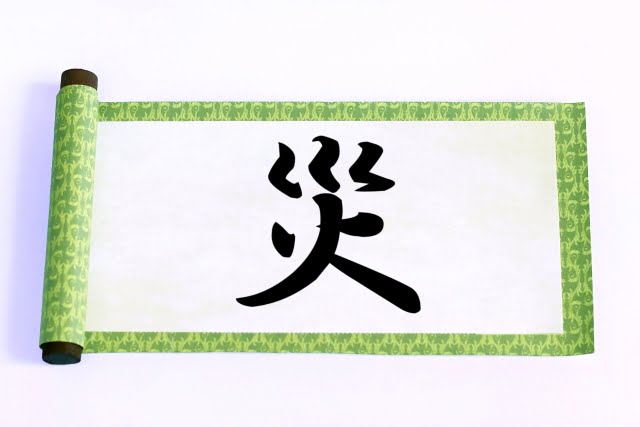
Para repasar es bueno que echéis un vistazo a este post, sobre las lecturas kunyomi y los primeros kanji con sus trazos.
This is going to be one of the most important posts that you should take the big look at, don’t be afraid to have a good time, taking a look since this is what the kanji Japanese test will be all about. List of the 100 kanji needed for the N5 jlpt.
訓読み Kun’yomi – Japanese Reading
Kun’yomi is the original Japanese way of reading a kanji.
Taking into account the Chinese meaning of a kanji, it was associated with the Japanese word equivalent to this meaning, e.g. dog “犬” is inu in Japanese. (In Chinese it is ken).
Another example would be, the kanji with hiragana (悲しい means “sad”), in Japanese is said “かなしい kanashii”. The kanji 悲 is kana and the “shii” part is written in hiragana: しい.
Usually, the reading “kun” is used when the kanji forming a word has hiragana next to it (although this is not always the case), such as the example above of “悲しい”.
We give you this test, because it is very important. At the N5 level, the JLPT expects you to know about 100 kanji. These kanji may change slightly between tests, but generally you can expect to see the 100 most common kanji for verbs, numbers, tense, places, people, basic adjectives and instructions.
KANJIS FULL COLOR TABLE made by todosobrejapon.es
JAPANESE EXAM, KANJI jlpt n5 EXERCISES LEARNING JAPANESE
REVIEW FOR THE JPLT N5 JAPANESE ANIMALS TEST

The animals in Japanese, will be very practical in many situations, for example, when you see one in the sea, or want to buy an object with that character, when you order food in a Yatai or restaurant, when you go to a zoo and because they are important for the exam.
The adjective for small animals is “hiki (匹)” and for large animals is “tou (頭).”
There are also two adjectives , large 大きい (ookii) and small 小さい (chiisai); and two similar words 大きな (ookina) and 小さな (chiisana) which are used to qualify nouns. They are often interchangeable, but in some cases they are not.
The grammatical aspect. 大きい y 小さい are adjectives (adjectives-i), while 大きな y 小さな are not adjectives, although they are qualifiers.
An animal in kanji (dou butsu) is 動物 and in hiragana どうぶつ.
TO LEARN MORE ABOUT ANIMALS IN JAPANESE, CLICK HERE, IT WILL BE VERY USEFUL FOR THE EXAM, SO PLEASE REVIEW IT WITH TIME AND TRANQUILITY.
JAPANESE TEST, ANIMALS jlpt n5 EXERCISES LEARNING JAPANESE
LISTENING JAPANESE, ANIMALS N5 JLPT , BEGINNERS , DISCRIMINATE JAPANESE AUDIO
JAPANESE ANIMAL QUIZ FOR BEGINNERS VERY EASY, RELATE THE ANIMAL IN JAPANESE
PART 2 JAPANESE EXAM RELATES
JAPANESE / ENGLISH CROSSWORD PUZZLE FOR ADVANCED LEARNERS
Find the Japanese animal in the alphabet soup and write next to each English word its name in Japanese.
REVIEW FOR THE JPLT N5 JAPANESE FRUIT EXAMINATION
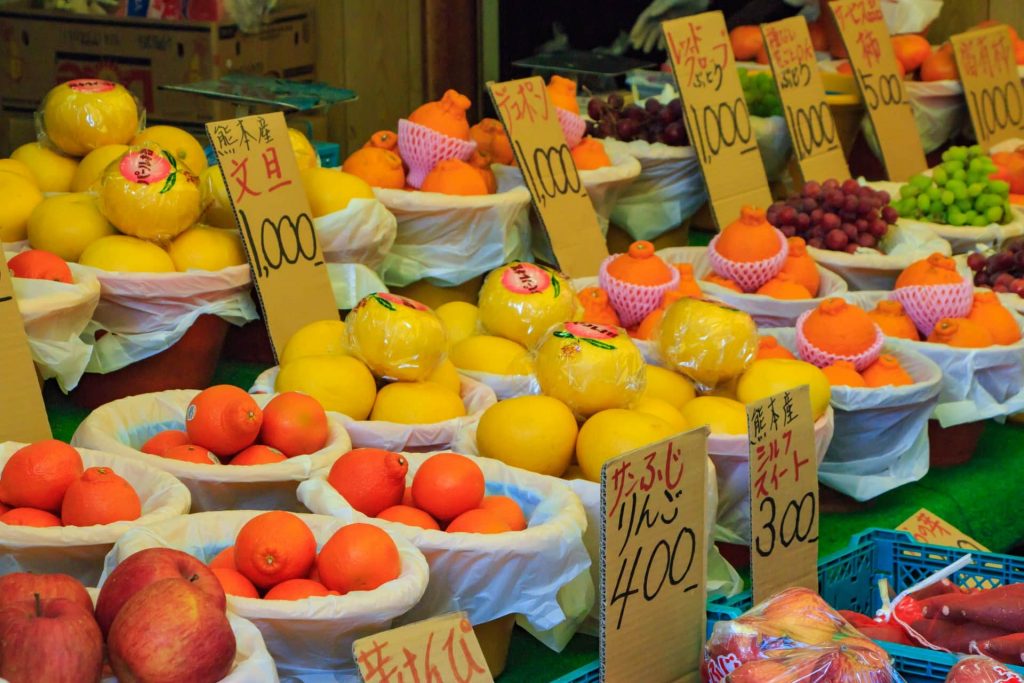
Kudamono – 果物 (くだもの): a noun meaning ‘fruit’ in Japanese. It can also be used as a plural noun meaning ‘fruits’. (Remember native Japanese speakers do not differentiate plural nouns from the singular).
I advise you to look at this post ABOUT THE FRUITS THAT ENTER INTO THE EXAM,BEFORE BEGINNING IT OF COURSE, in order to remember better before starting, remember that you have many days to take the Japanese exam, as many times as you want to make it perfect and learn.
*Let’s remember the flavors in Japanese:
- 甘い – amai – sweet
- 辛い – karai– spicy
- 苦い – nigai – bitter
- 塩辛い – shiokarai – salty
JAPANESE TEST, FRUIT jlpt n5 EXERCISES LEARN JAPANESE
EXAM PART 2 JAPANESE FRUITS BEGINNERS AND N5
REVIEW FOR THE JAPANESE JPLT N5 PARTICLE EXAM AND BEGINNERS
We went over the basics, but to see more for the exam I advise you to check out this post on Japanese particles, example sentences and how to use them.
– WA PARTICLE は
(It is a topic particle, the topic of the sentence often coincides with the subject of the sentence).
– DESU VERB です
(Equivalent to be)
In our case the particle “Wa” indicates that our subject to introduce ourselves is Yo. Therefore:
Watashi wa Taisu desu* (I am Thaïs) Remember that each name is written differently and Katakana is used if it is not a Japanese name.
*Desu is formal, so at some point you can skip it (Remember that when you say something in Japanese, at the end of the sentence it is used depending on what you say and that shows how respectful you are when you speak), i.e. instead of saying Watashi wa Taisu desu, you can say Watashi wa Taisu.
– KA PARTICLE か
(It is used as an interrogation). It is used to ask questions, and it is essential to use it so that they can understand that you are asking them a question.
Anata wa Shirubia-San desu ka (Are you Mrs. Silvia?)
JAPANESE PARTICLE TEST BEGINNERS AND N5
JAPANESE PARTICLE TEST PART 2:
JAPANESE PARTICLE TEST PART 3:
REVIEW FOR THE JAPANESE EXAM JPLT VERBS N5 AND BEGINNERS
This is the list of all the jplt n5 verbs you need to know to pass the Noken JLPT N5 Japanese test. We will also add a part where we explain the verb grammar with its forms. See this post before starting the exam , about the list of Japanese verbs.
Godan verbs: These verbs are those whose infinitive form does not end in -ru. In addition, the root of these verbs is obtained by removing the -u at the end (okurigana). These verbs are also known as consonant verbs, they can end in any of the following letters: -su, -u, -tsu, -ru, -bu, -mu, -un, -ku, -gu, These are always conjugated the same, with only one exception.
They have 5 bases (since Godan means 5 steps) plus the forms “te” and “ta”. To conjugate, we remove the last syllable (from base 3) and change it to the appropriate form.
Mira este post que está más enfocado al examen de japonés sobre verbos, y comprueba la forma. Aprenderás la conjugación para el examen.
HOW TO USE THE BASES OF GODAN VERBS
Base 1 cannot be used alone, but if we add -nai it becomes the present/future informal negative form Hanasanai => I won’t say anything. (The ‘simple or informal form’ is what people use to address a friend. It would not be appropriate to use such a form in a professional setting.
Base 2 is most often a noun when used alone, but is mostly used for the polite form of the verb, for compound forms.
Base 3 is the main form (the dictionary form), and serves as the infinitive, present and informal future.
Base 4 is often used as a conditional by adding -ba. (Hanaseba – If I were to say something…) It can also be used by itself as a rude imperative, very rude, so it is not recommended to use it in Japan unless you want to be the rudest person they’ve ever seen.
Base 5 is used by itself as a form of suggestion (Hanasou – Let’s talk or let’s talk).
The Base “te” can be used as an informal imperative to give commands in a non-rude way (for friends or children “Hanashite – Speak (imperative)”. It can be made formal by adding kudasai afterwards. (Hanashite kudasai – Speak, please)
The Base “ta” is used to form the informal past tense (Hanashita – I spoke).
Attention: the version of “te and ta” to conjugate them
- For all Godan verbs ending in う (u), つ (tsu) or る (ru), these become って (tte) when they take “te”, and った (tta) when they take “ta” [e.g.: katsu (to win) -> katte (Win!), katta (We have won!)].
- For all Godan verbs ending in ぶ (bu), む (mu) or ぬ (nu), these become んで (nde) if they take “te”, and んだ (nda) if they take “ta” [e.g.: yomu (to read) -> yonde (Read it.), yonda (I read it.)].
- For all Godan verbs ending in く (ku), it becomes いて (ite) if it takes “te”, and いた (ita) if it takes “ta” [e.g.: aruku (to walk) -> aruite (Walk!), aruita (I walked.)]. The only exception to this rule that exists is the verb iku (to go), which goes to いっって, いった (itte/itta).
- For all Godan vebos ending in ぐ (gu), it becomes いで (ide) when it takes “te”, and いだ (ida) when it takes “ta” [e.g., oyogu (swim) -> oyoide (Swim!), oyoida (I swam.)].
- For all Godan verbs ending in す (su), it becomes して (shite) when it takes “te”, and した (shita) when it takes “ta” [e.g., hanasu (speak/say) -> hanashite (Say something!), hanashita (I spoke (to him))].
JAPANESE TEST VERBS BEGINNERS AND N5
Japanese EXAM, Conjugate verbs to て form.
ADVANCED JAPANESE TEST N5 Verb table.
AND LASTLY:
JAPANESE EXAM I-ADJECTIVES BEGINNERS AND N5
STAY INFORMED ON OUR FACEBOOK PAGE
JOIN OUR FACEBOOK GROUP TO MEET PEOPLE WITH THE SAME HOBBIES

